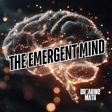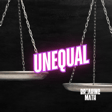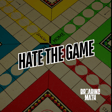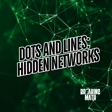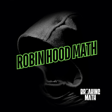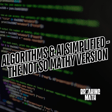
79: 1 2 3 (Counting)
Help Support The Podcast by clicking on the links below:
- Try out ZenCastr w/ 30% DiscountUse my special link to save 30% off your first month of any Zencastr paid plan
- Patreon
- YouTube
- Breaking Math WebsiteEmail us for copies of the transcript!
Join Sofia Baca and Nerd Forensics co-host Jacob Urban as they discuss all things counting!
Counting is the first arithmetic concept we learn, and we typically learn to do so during early childhood. Counting is the basis of arithmetic. Before people could manipulate numbers, numbers had to exist. Counting was first done on the body, before it was done on apparatuses outside the body such as clay tablets and hard drives. However, counting has become an invaluable tool in mathematics itself, as became apparent when counting started to be examined analytically. How did counting begin? What is the study of combinatorics? And what can be counted? All of this and more, on this episode of Breaking Math.
This episode is distributed under a Creative Commons Attribution-ShareAlike 4.0 International License (full text: https://creativecommons.org/licenses/by-sa/4.0/)
[Featuring: Sofia Baca; Jacob Urban]




